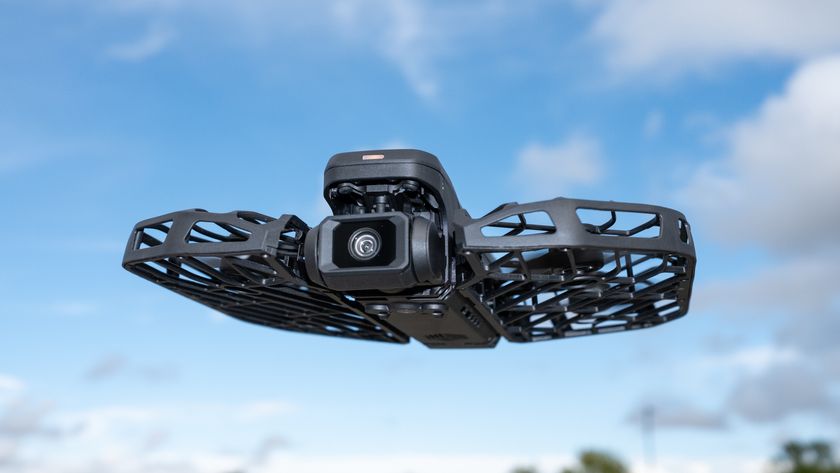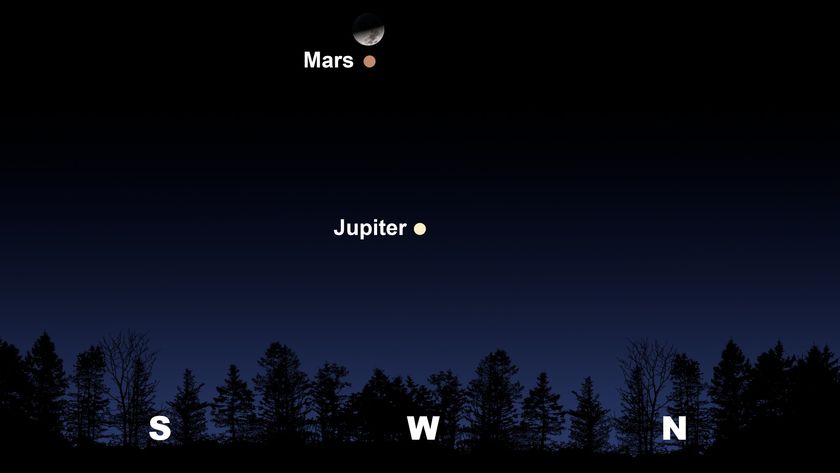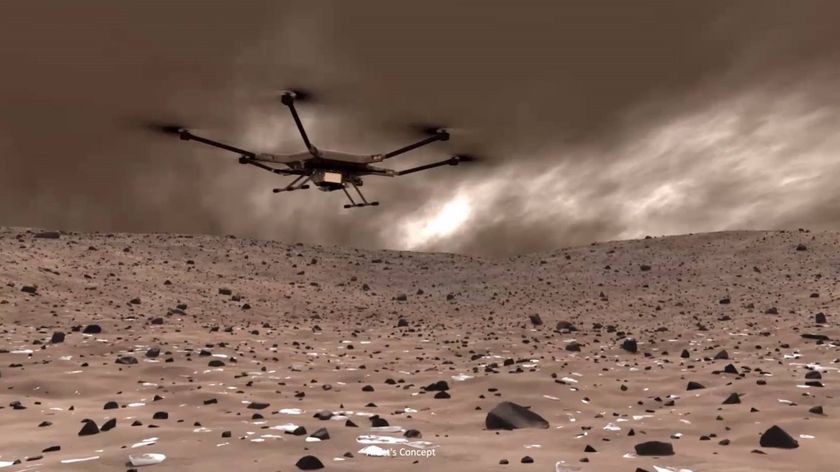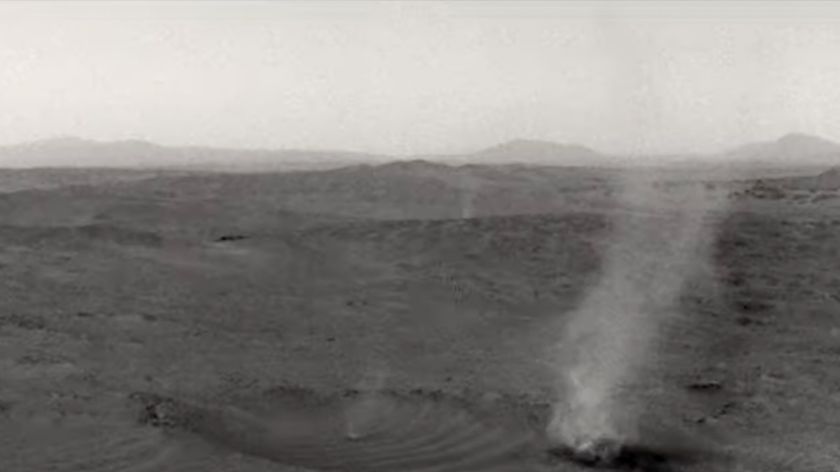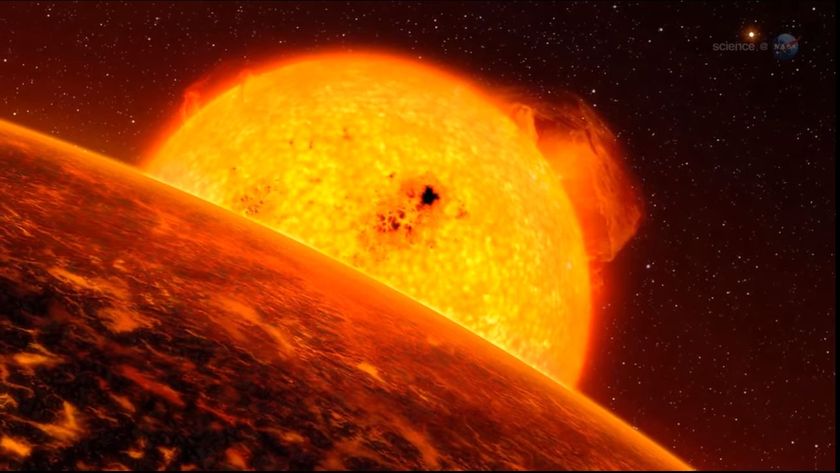NASA's Ingenuity helicopter stretched its legs a bit on the Red Planet last week.
The 4-pound (1.8 kilograms) Ingenuity conducted its 63rd Mars flight on Thursday (Oct. 19), covering 1,901 feet (579 meters) of ground in the process.
That was "its longest distance since Flight 25," NASA's Jet Propulsion Laboratory in Southern California, which manages Ingenuity's mission, said via X (formerly Twitter) on Monday (Oct. 23).
Related: Mars helicopter Ingenuity phones home, breaking 63-day silence

Ingenuity flew for 2,310 feet (704 m) on Flight 25, which occurred on April 8, 2022. That's the rotorcraft's single-flight distance record, followed by 2,051 feet (625 m) on Flight 9 in July 2021. Flight 63 is in third place.
This latest sortie lasted 143 seconds, according to the mission's flight log. Ingenuity got a maximum of 39 feet (12 m) above the ground and reached a top speed of about 14.1 mph (22.7 kph).
Those numbers aren't records, either; the superlatives in those categories are 169.5 seconds, 66 feet (20 m) in altitude and 22.4 mph (36 kph), according to the flight log.
Get the Space.com Newsletter
Breaking space news, the latest updates on rocket launches, skywatching events and more!
Ingenuity landed inside Mars' 28-mile-wide (45 kilometers) Jezero Crater in February 2021 with NASA's Perseverance rover.
The helicopter's original task was to demonstrate that powered flight is possible on Mars, despite the planet's thin atmosphere. Ingenuity did so over the course of five flights in the spring of 2021. NASA then granted a mission extension, during which the chopper is serving as a scout for the life-hunting, sample-collecting Perseverance.
Join our Space Forums to keep talking space on the latest missions, night sky and more! And if you have a news tip, correction or comment, let us know at: community@space.com.

Michael Wall is a Senior Space Writer with Space.com and joined the team in 2010. He primarily covers exoplanets, spaceflight and military space, but has been known to dabble in the space art beat. His book about the search for alien life, "Out There," was published on Nov. 13, 2018. Before becoming a science writer, Michael worked as a herpetologist and wildlife biologist. He has a Ph.D. in evolutionary biology from the University of Sydney, Australia, a bachelor's degree from the University of Arizona, and a graduate certificate in science writing from the University of California, Santa Cruz. To find out what his latest project is, you can follow Michael on Twitter.
-
billslugg That is its own shadow. Shortly before and after can be seen the bright spot around it. This is the Gegenshein, when sunlight is directly behind the observer and the sunlight pierces down to the bottom of irregularities on the ground. This is why the full Moon is so much brighter.Reply -
bolide The shadow of Ingenuity appears throughout the video, complete with its rotating blades. The dark spot in question is bigger & lacks detail & only appears for a couple of frames.Reply -
billslugg I see it now. It appears to be a bit of windblown debris that is out of focus, too close to the camera.Reply
